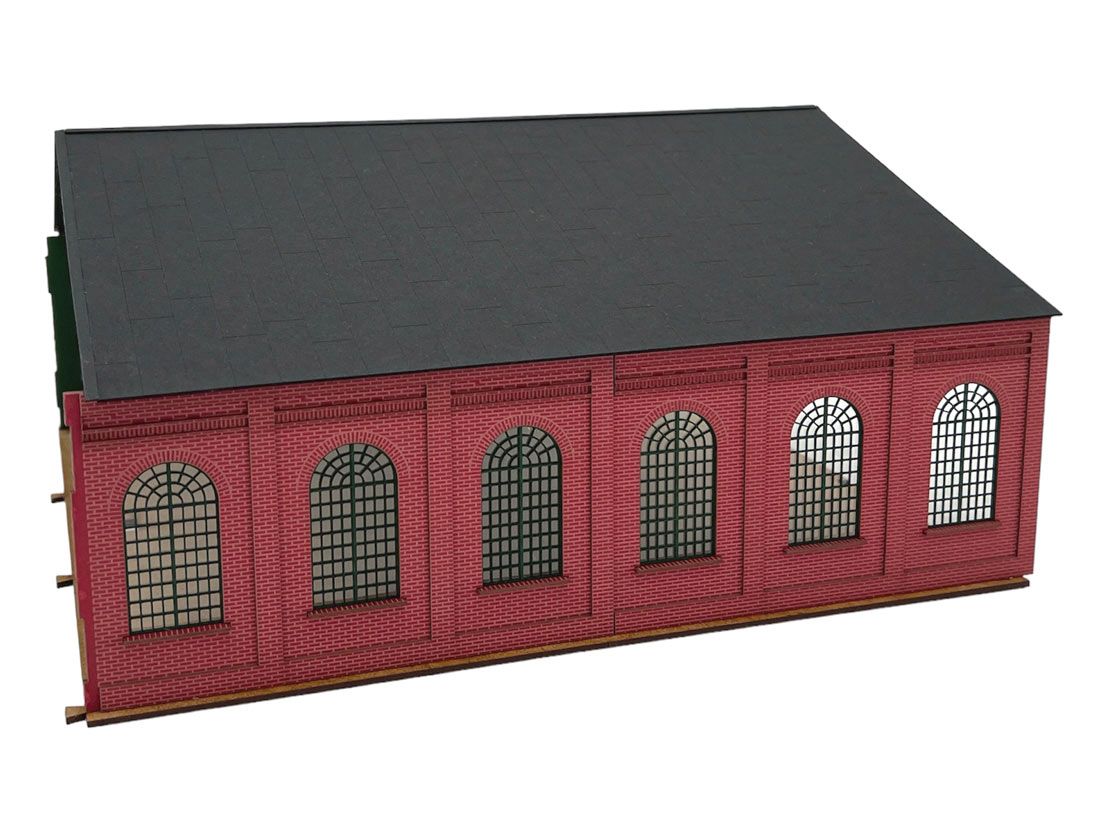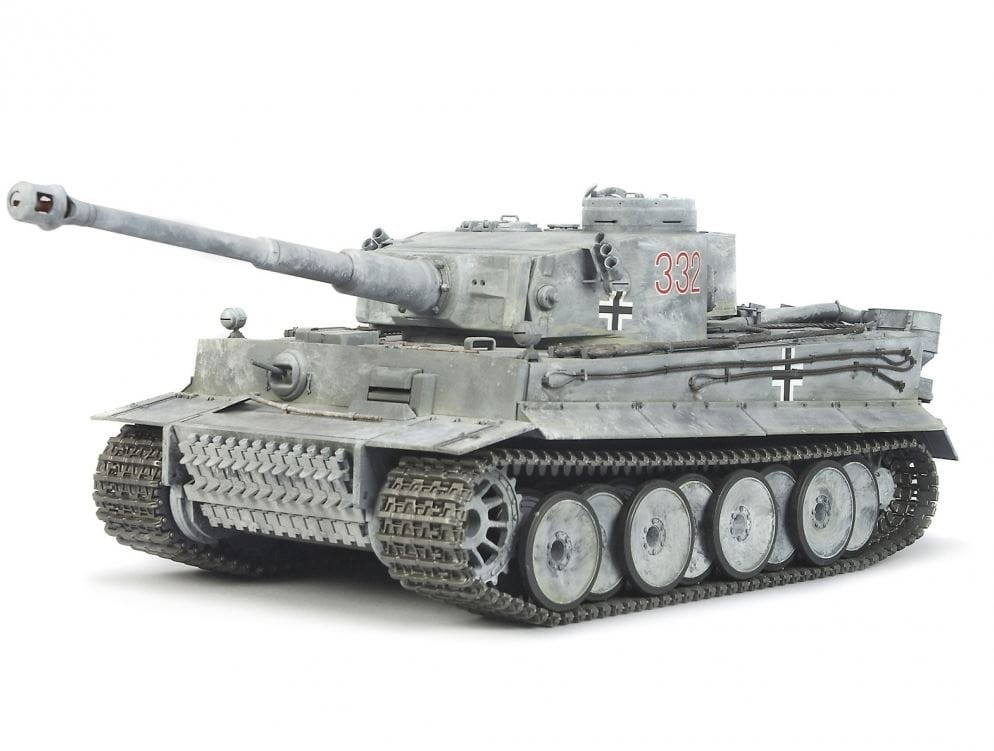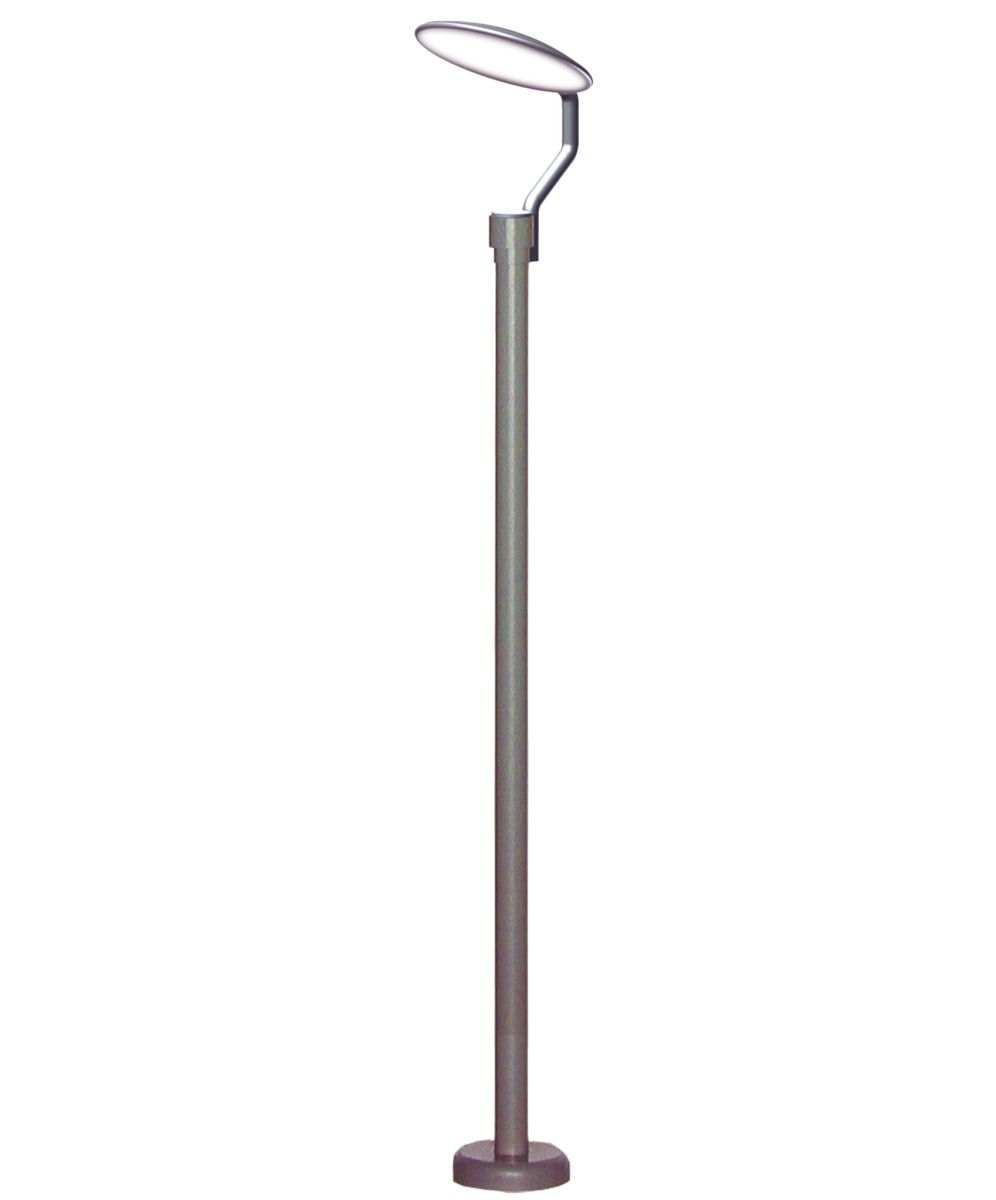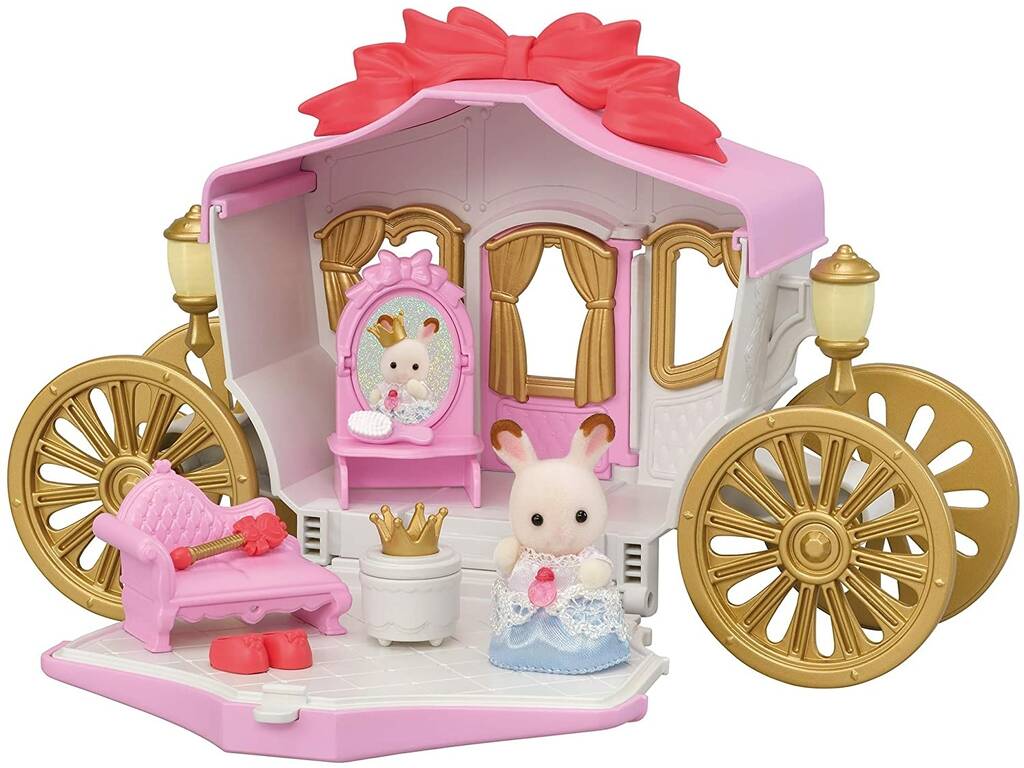| Brand | |
| Modellbahn Union | |
| Gauge | |
| HO gauge | |
| product type | |
| buildings | |
| technical & model details | |
| scale | 1:87 |
| material & finish | Lasercut Kit |
| length (mm) | 256 |
| width (mm) | 264 |
| height (mm) | 125 |
| Age notice | not suitable under 14 years |
| era | |
| era I | |
| era II | |
| era III | |
| era IV | |
| era V | |
| era VI |
Model: HO gauge. Expansion for the forge of the former Mülheim-Speldorf railway repair shop. The former forge of the EAW, which was closed in 1959, was built around 1880 and rebuilt several times over the course of time, the chimneys were dismantled and the roof structures were removed. The model for this impressive building stood on the site of the former EAW Mülheim-Speldorf until 2011; at the time of demolition the site belonged to the Mülheimer Verkehrsgesellschaft.
Extension for the forge kit MU-H0-B00185 to achieve a prototypical length of 770 mm. This extension must be installed at the same time as the basic kit MU-H0-B00185.
Prototype: The Speldorf repair shop was founded in 1874 by the Rheinische Eisenbahngesellschaft in Mülheim-Broich and named after the nearby Speldorf train station. After the end of the steam locomotive era, it closed in 1959. The site is now used for other purposes and some buildings are listed buildings.
The Rhenish Railway only had a repair shop in Cologne-Nippes, but it was at the edge of its capacity and on the edge of the over 1000 kilometer long route network. In 1874, another depot was founded in Mülheim an der Ruhr to maintain the 453 locomotives and over 11,000 freight wagons. The excavation from the leveled site was used to build the railway embankments on the Duisburg-Hochfelder railway bridge over the Rhine. The factory got its name Speldorf because of its proximity to the Speldorf train station, to which it also had connections including the roundhouse.
In 1880 the Rhenish Railway Company was nationalized into the Prussian State Railways. The Speldorf factory was now called the main workshop and was expanded several times. However, the area still proved to be too small, so in 1914 the maintenance of the freight wagons was moved to another repair shop in Duisburg-Wedau. From then on, Speldorf only dealt with steam locomotives; a boiler forge was built on the vacated site and, in 1918, an additional locomotive assembly hall using steel truss technology with two parallel naves and a two-story third nave for the feeder workshops. It measured 254 by 57 meters, making it one of the longest repair halls on the Deutsche Reichsbahn. Also new in this hall were the 90 work stands built lengthways instead of the previously usual cross stands, where the internal transfer platforms could be eliminated and the throughput times of the locomotives were shortened to a third. The old locomotive assembly hall, the blacksmith shop and the turning shop continued to be used.
At the beginning, 150 to 200 people worked in the main workshop; at the height of the steam railway in the 1950s, up to 2,000 people maintained over 1,000 steam locomotives every year.
Source: Wikipedia.de
Bauanleitung






Reviews
There are no reviews yet.